Reliability & the Texas Power Grid in the Aftermath of Winter Storm Uri
During the third week of February, Winter Storm Uri brought freezing temperatures to the state of Texas. Unprepared and unequipped to handle the extreme weather, power generators failed to meet the higher demand from Texans trying to keep warm.
Much of the state went without power for prolonged periods of time, leaving behind sizable losses of lives and costing Texans at least $195 billion. The failure of the electricity grid raised Texans' concerns about the ability of the system to withstand future extreme weather events and whether the political leaders are willing and able to address the issues.
The University of Houston's Hobby School of Public Affairs and UH Energy conducted a survey to understand Texans’ experiences and their support for the regulatory framework of the Texas grid in the aftermath of the winter storm that crippled the state's electricity system. The survey, fielded between May 13-25, 2021, included a representative sample of 1,500 Texans.
The survey asked respondents about their experiences during Winter Storm Uri, their confidence in state leaders and existing laws and regulations to address the vulnerabilities in Texas' electric system, their tolerance for power outages and higher prices, the importance of a secure and reliable electricity supply, as well as their willingness to pay for the required policy interventions to make the grid more resilient to severe weather.
These key themes emerging from survey responses were:
- Effects of Winter Storm Uri across the state were substantial:
- Over two-thirds of respondents lost power between Sunday, February 14 and Saturday, February 20; power outages ranged between 1 and 120 hours, for an average of 46 hours.
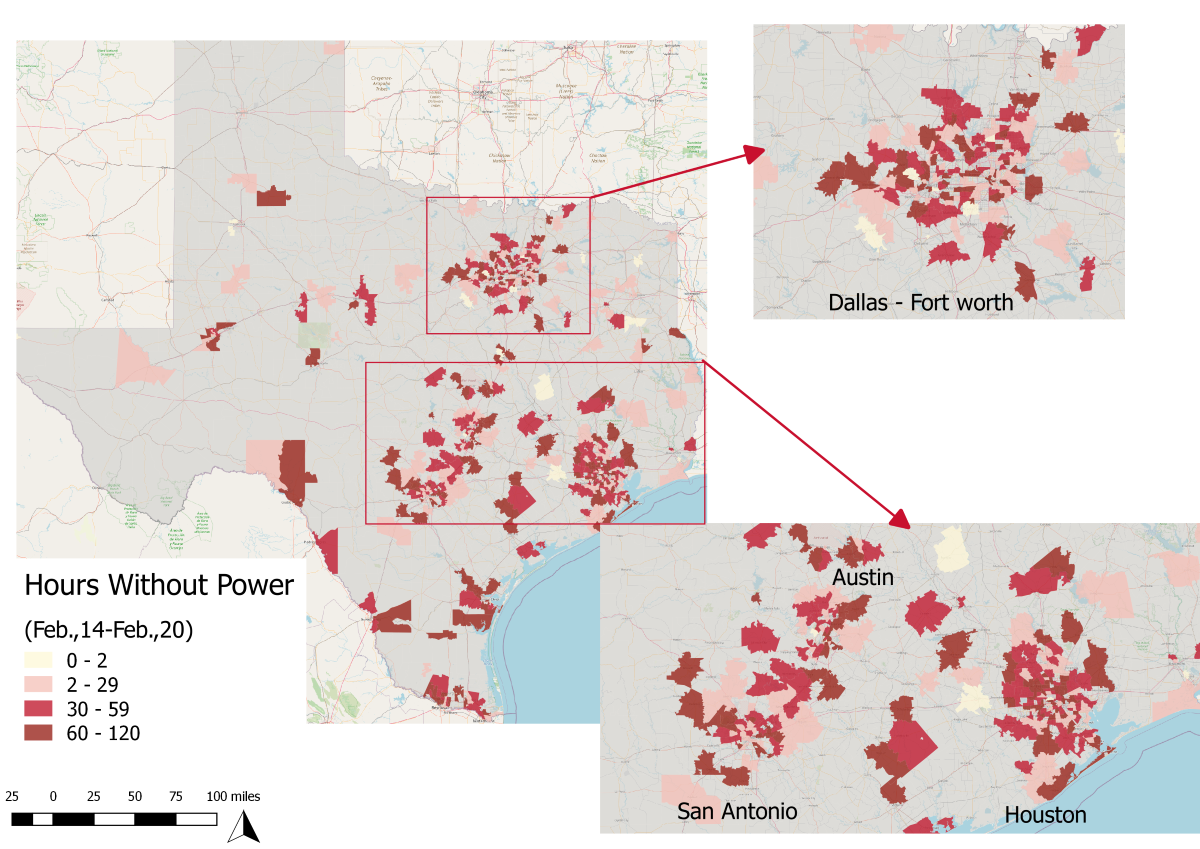
-
- Respondents in major urban centers like Dallas-Fort Worth, Austin, and Houston saw clusters of long consecutive hours —upwards of 30 hours—without power.
- 30% of respondents experienced damages to their homes, such as broken pipes and water damage.
- Respondents found fault in the current regulatory system and attributed blame to government leaders and power generators for the power grid's failure:
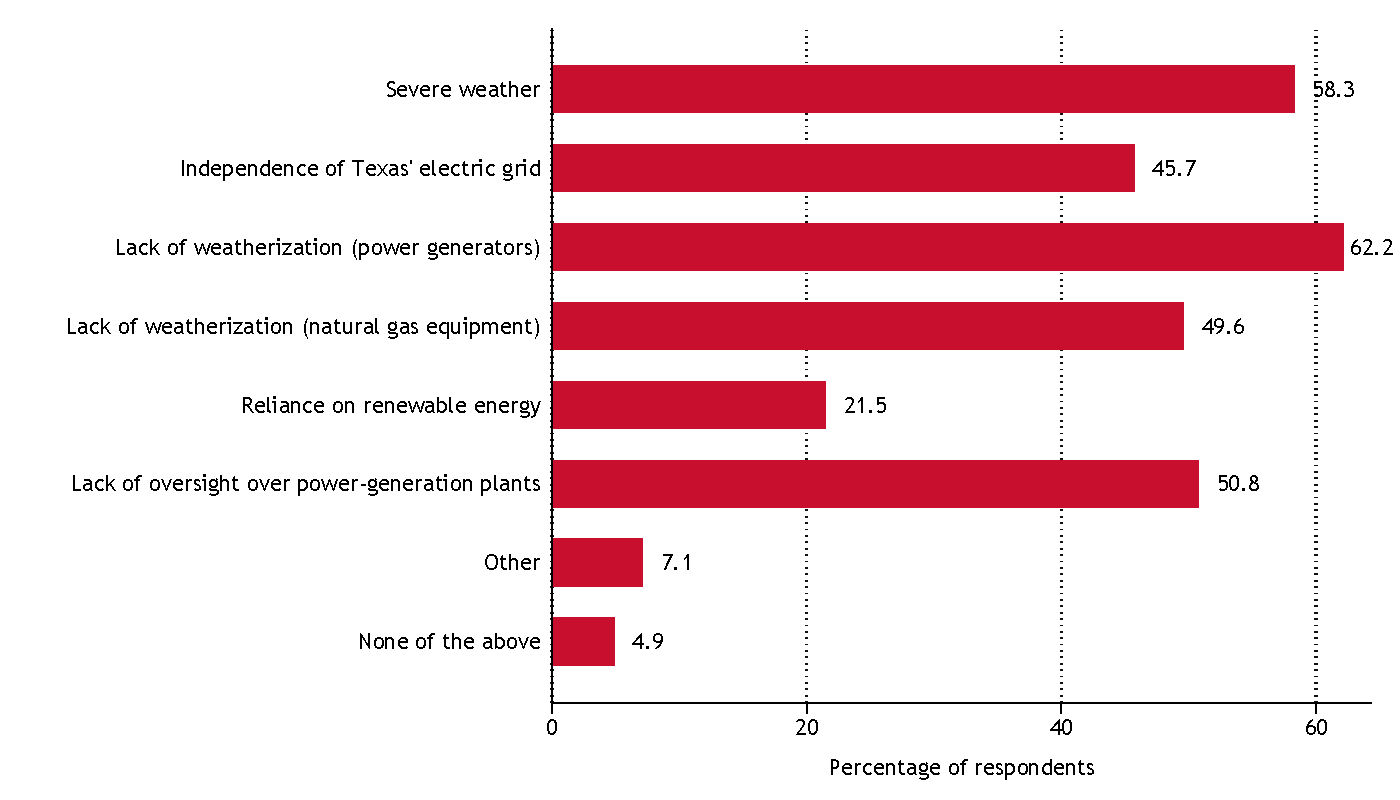
-
- A majority agreed that current laws and regulations in Texas are insufficient to tackle issues related to electric grid failure. Democrats and Independents were more likely to point to deficits in the regulatory framework than Republicans.
- Respondents did not believe that the Texas government will adequately tackle issues related to the electric grid; Republicans were more confident in the ability of state leaders.
- Among the main causes of the electricity grid’s failure that respondents identified were: lack of weatherization of power generators (62%) and natural gas equipment (50%); severe weather (58%); and lack of oversight over power generation plants (51%).
- Reliability was one of the most desirable factors in deciding which methods of electricity production should be used in the future; it was chosen by 40% of respondents. The second most selected factor was cost (26%), followed by mitigating climate change and efficiency in production.
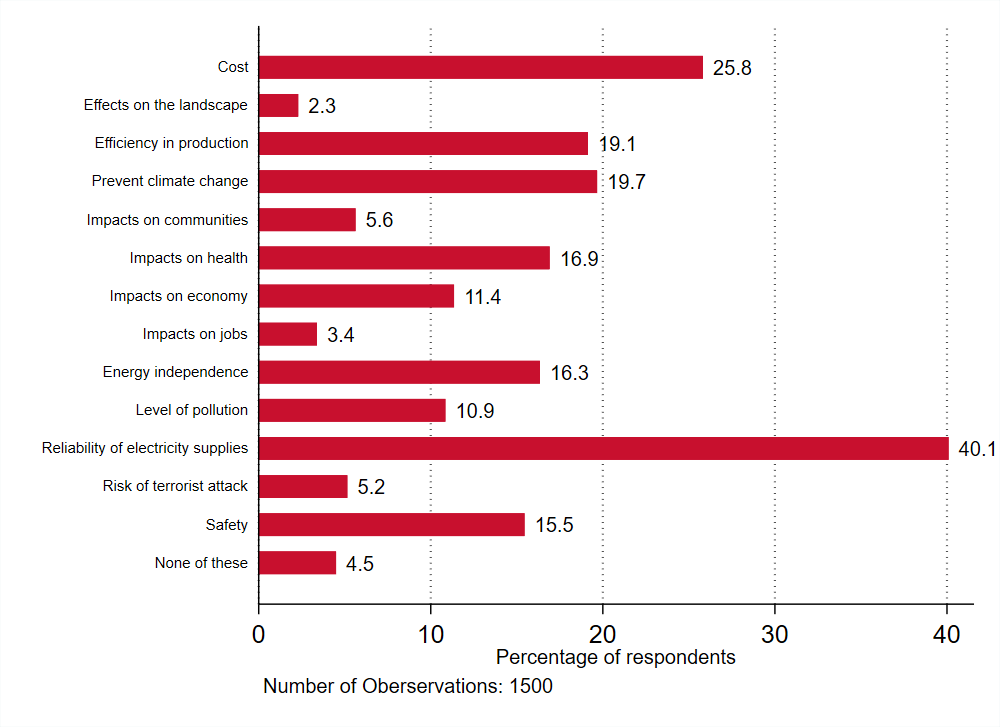
- Power outages are more tolerable in the winter than summer, but overall respondents
reveal low tolerance for power outages lasting an hour or more.
- 41% said that it is never acceptable for power outages to occur, while 31% and 26% said it was acceptable once and 2-3 times per year, respectively.
- 44% stated that outages lasting several hours are a significant problem.
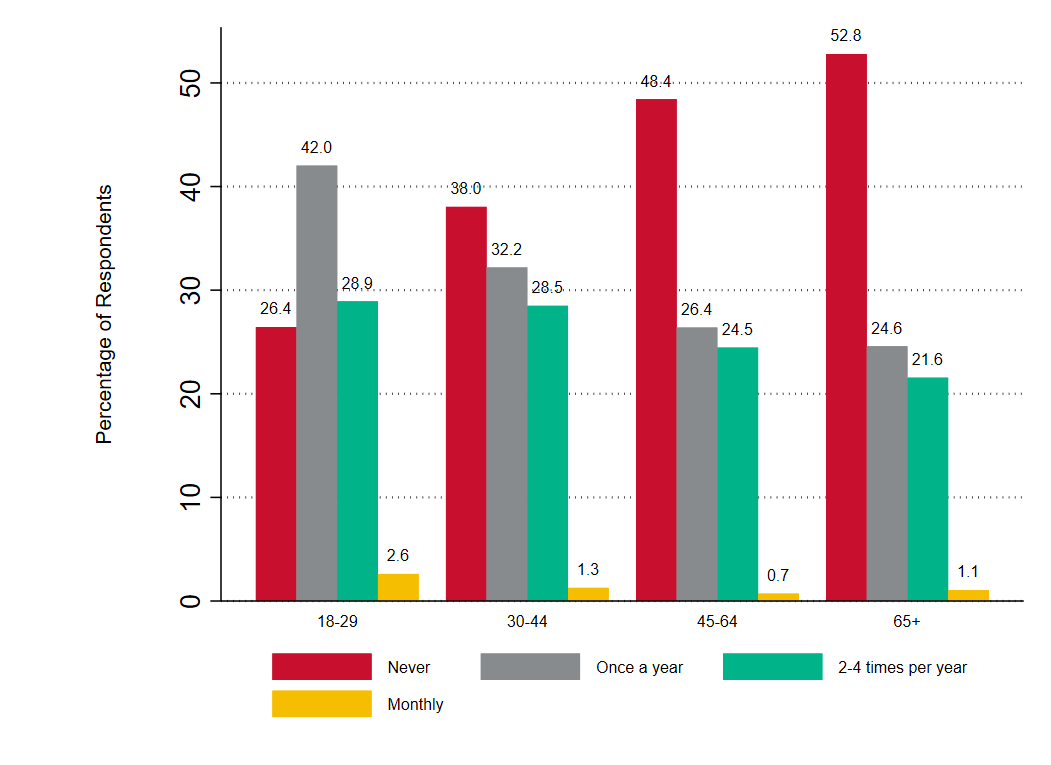
- Some Texans would choose to self-insure against power outages: 22% said they were very likely to buy a standby generator, but 37% said they were not at all likely to purchase one. Yet, half of the respondents said they were not likely at all to buy a generator when informed about the approximate purchase and maintenance costs.
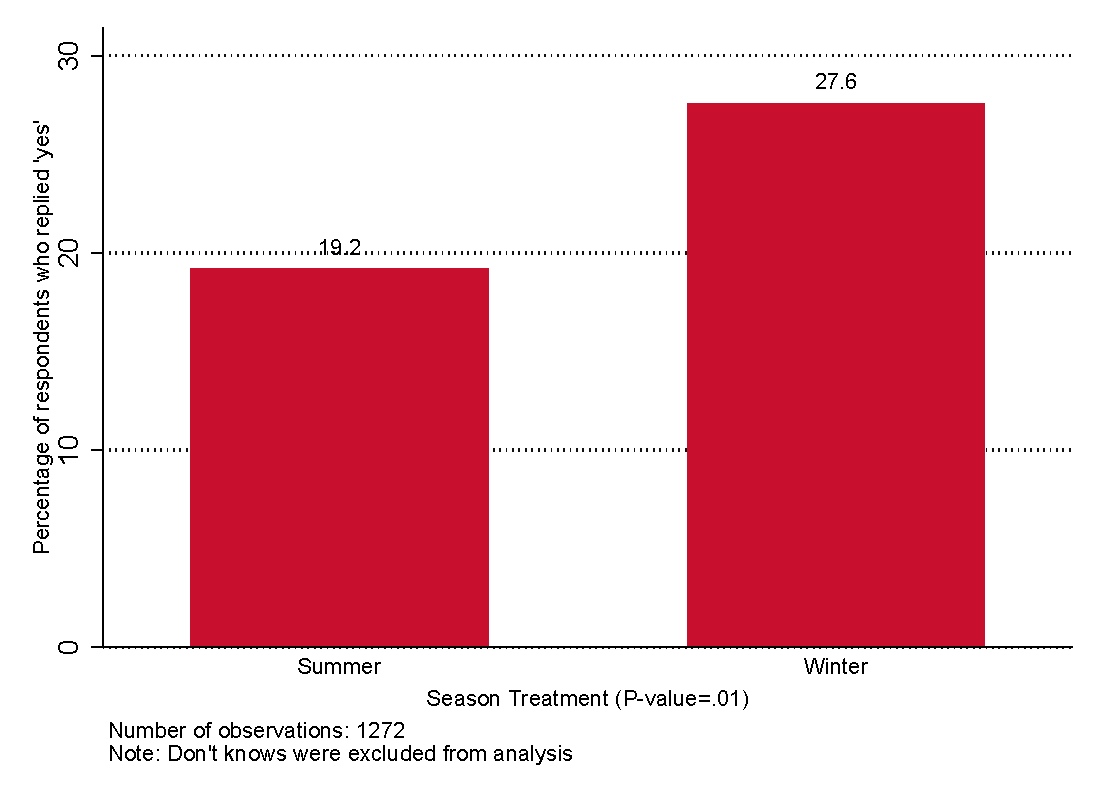
- Three months after the blackouts, Texans remained frustrated: when asked who should
pay to protect the Texas electric grid from the effects of severe weather, 45% of
respondents said energy producers.
- Republicans were less likely than Democrats and Independents to say that energy producers should pay to protect the grid and more likely to say that consumers should pay through their electric bills.
- Just under a quarter of respondents said policies that result in higher costs should not be enacted.
- A majority of respondents agreed that solar and wind power would make substantial contributions to reliable and secure electricity supply in Texas in the future. Yet, there are important partisan and age differences in respondents' assessments: Democrats and younger voters were more likely to agree on the importance of renewables.
- Despite their frustration and attribute of blame to power companies and government
leaders for the failures of the electricity system, Texans seemed to understand that
improving the power grid would require changes in policy and higher costs.,
- We used choice-based conjoint analysis to gauge respondents’ preferences for alternative configurations of the electricity system, including proposed policies and investments, tolerance over different levels of power outages, and willingness to pay for the extra costs required for a reliable power supply.
- Unsurprisingly, respondents preferred no increase in cost (paying less to paying more) and preferred fewer interruptions to their power. The most preferred option was full service (no interruptions), followed by rolling blackouts on and off for up to 2 hours.
- Regarding policy preferences, respondents ranked weatherization or winterization of the electricity system over increasing the renewable energy supply, maintaining a minimum reserve capacity, and increasing the reliance on renewable sources; the current system was the least preferred choice.
- The conjoint analysis revealed that, for the overall sample, outages and cost played a more important role in the choices for different configurations of the electricity grid. But responses revealed partisan differences: for Democrats policy considerations take preeminence over cost.
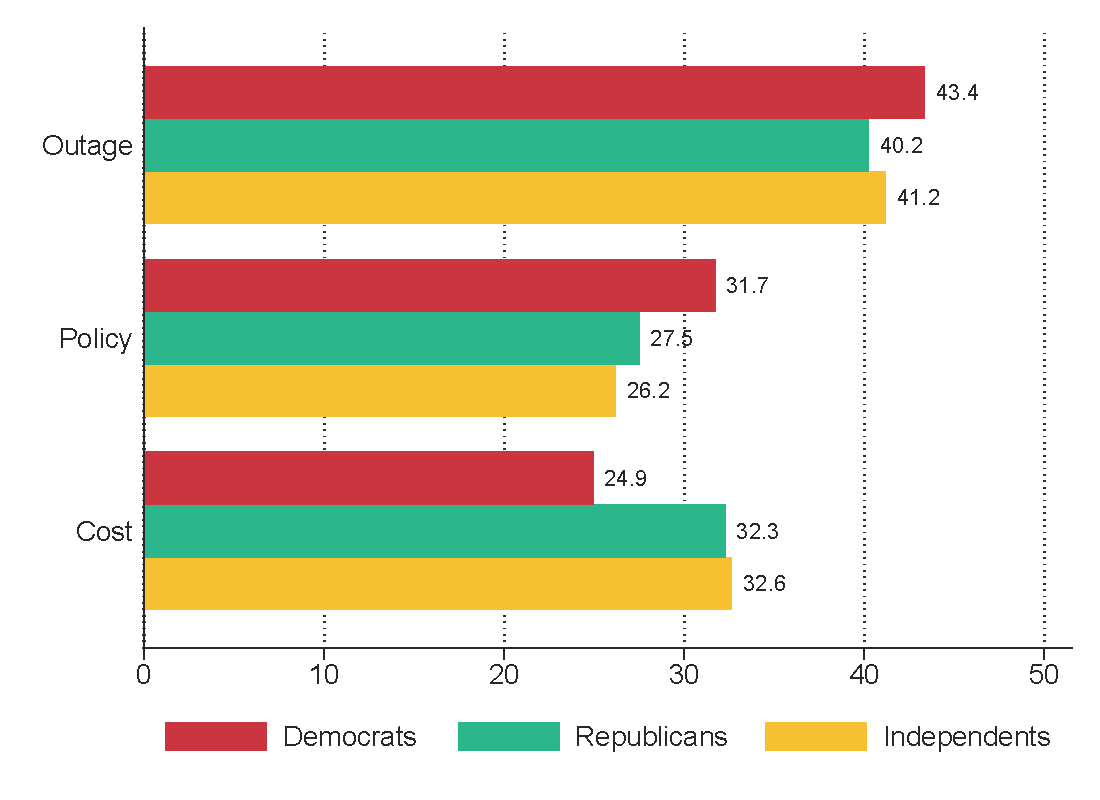
- Although respondents preferred not to see the price of electricity increase, they were willing to pay more to see a reduction in power outages relative to the status quo. They were also willing to pay more for a policy requiring the weatherization and winterization of the electricity system, including at gas wellheads.
The full report analyzing survey responses and their policy implications and other documentation can be found here:
Research Team
Principal Investigators
Gail Buttorff, Co-Director, Survey Research Institute and Instructional Assistant Professor, Hobby School of Public Affairs
Ramanan Krishnamoorti, Chief Energy Officer, UH Energy and Professor of Chemical and Biomolecular Engineering, Petroleum Engineering, and Chemistry
Pablo M. Pinto, Director, Center for Public Policy and Associate Professor, Hobby School of Public Affairs
Sunny M. C. Wong, Professor, Hobby School of Public Affairs
Researchers
Maria P. Perez Argüelles, Researcher 3, Hobby School of Public Affairs
Yewande O. Olapade, Post-Doctoral Fellow, Hobby School of Public Affairs
Savannah L. Sipole, Research Associate, Hobby School of Public Affairs
Agustín Vallejo, Post-Doctoral Fellow, Hobby School of Public Affairs
Research Assistant
Yuhsin Annie Hsu, Research Assistant, Hobby School of Public Affairs and PhD Student, Department of Economics
Acknowledgments
The research team would like to thank our colleagues at the Hobby School of Public Affairs, UH Energy, and UH Marketing for supporting and actively engaging in the study. Their valuable contributions and feedback are greatly appreciated
Consumers Attribute Failure of the Texas Power Grid to Flaw in Texas Laws
Winter Storm Uri brought the state of Texas to a standstill. At its peak, the storm left 4.5 million homes and businesses without power, killed at least 111 people, and cost Texans around $195 billion. The 2021 session of the Texas Legislature debated several initiatives to address some of the problems facing Texas’ electric grid and reliable electricity service.
To understand Texans’ preferences for reliable electricity, willingness to pay to protect the Texas electric grid from effects of severe weather, and future power generation, the Hobby School of Public Affairs at the University of Houston together with UH Energy conducted an online survey between May 13-25, 2021. The survey is the second to be conducted in the aftermath of Winter Storm Uri; the first was fielded between March 9-19, 2021.
1,500 Texas residents aged 18 years and older participated in the most recent survey, 68% of whom reported having their power interrupted during the winter storm, and 30% reporting damages to their homes due to the outages. The main finding from the survey is that three months after the blackouts, Texans remain frustrated and ready to attribute blame to power generators and policymakers.
Few Highlights:
Did your home lose power during the winter storm between Sunday, February 14 and Saturday,
February 20?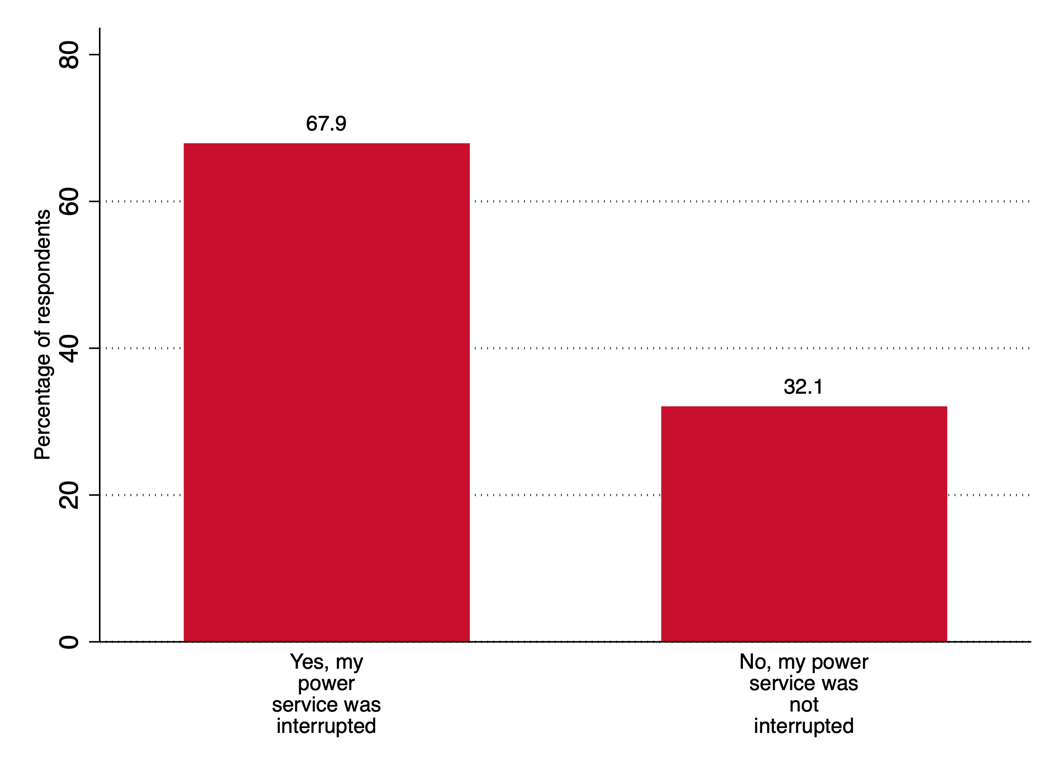
Did you and your household experience any damage to your home, such as broken pipes or water damage?
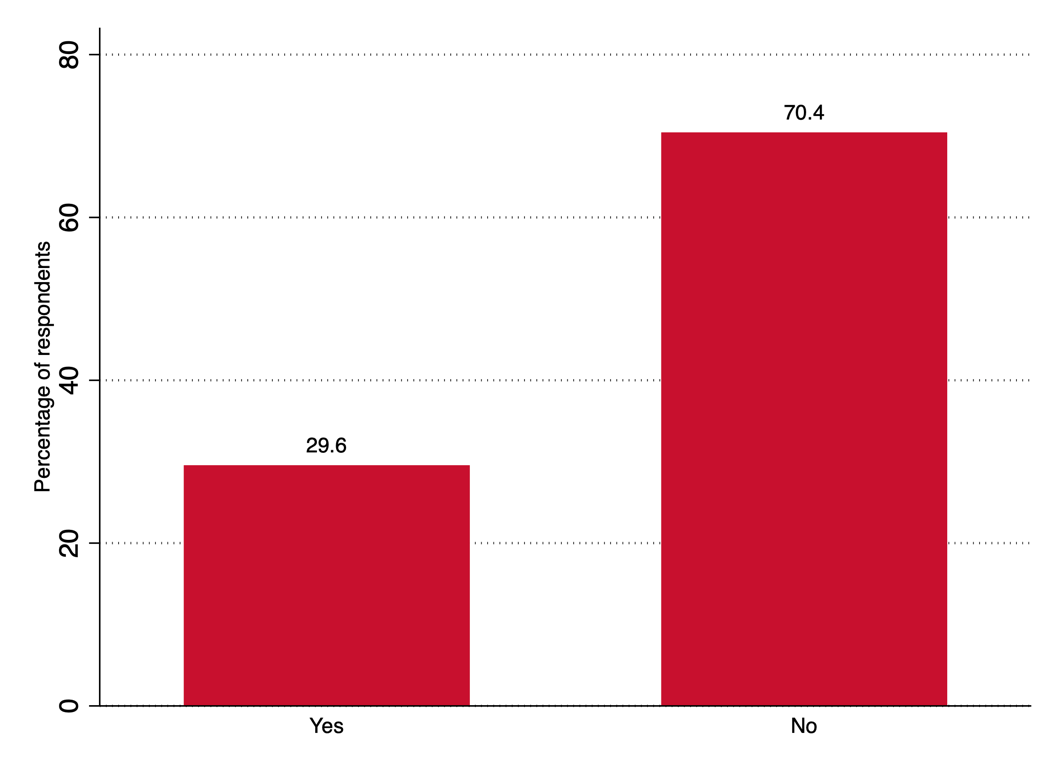
Respondents who reported damage and owned their home were asked: Do you have out-of-pocket expenses related to the blackout that will not be reimbursed by insurance, for example, lost food, wages, and/or repairs? Please select the approximate range of out-of-pocket expenses you expect to incur.
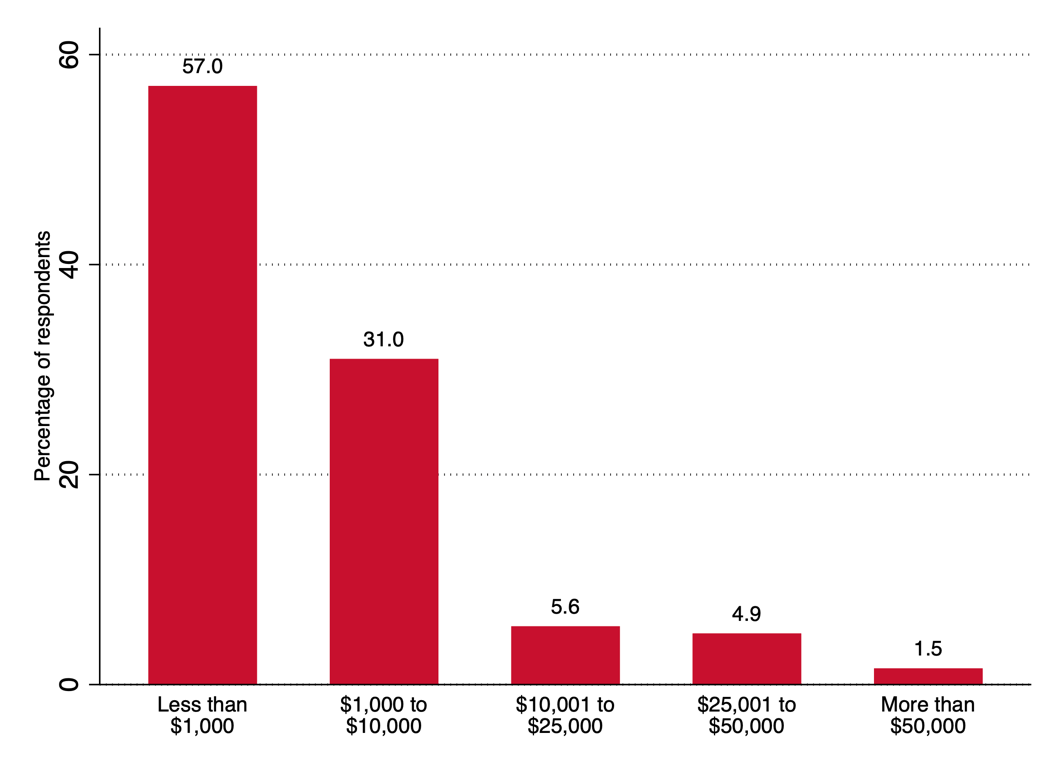
From what you've read or heard, which of the following do you believe are responsible for the electricity grid failure during the winter storm this past February? Select all that apply.
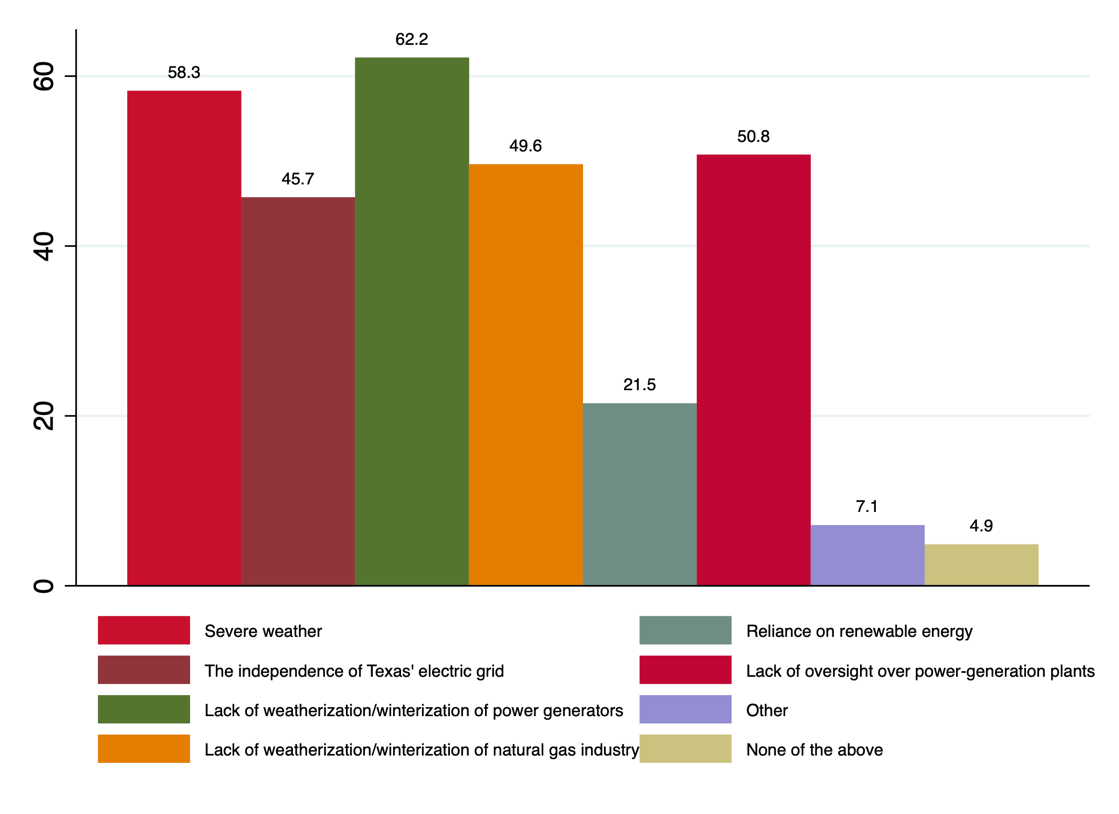
To what extent do you agree or disagree that the following energy sources will make a substantial contribution to reliable and secure electricity supply in Texas in the future?

In your opinion, how frequently is it acceptable for power outages to occur?
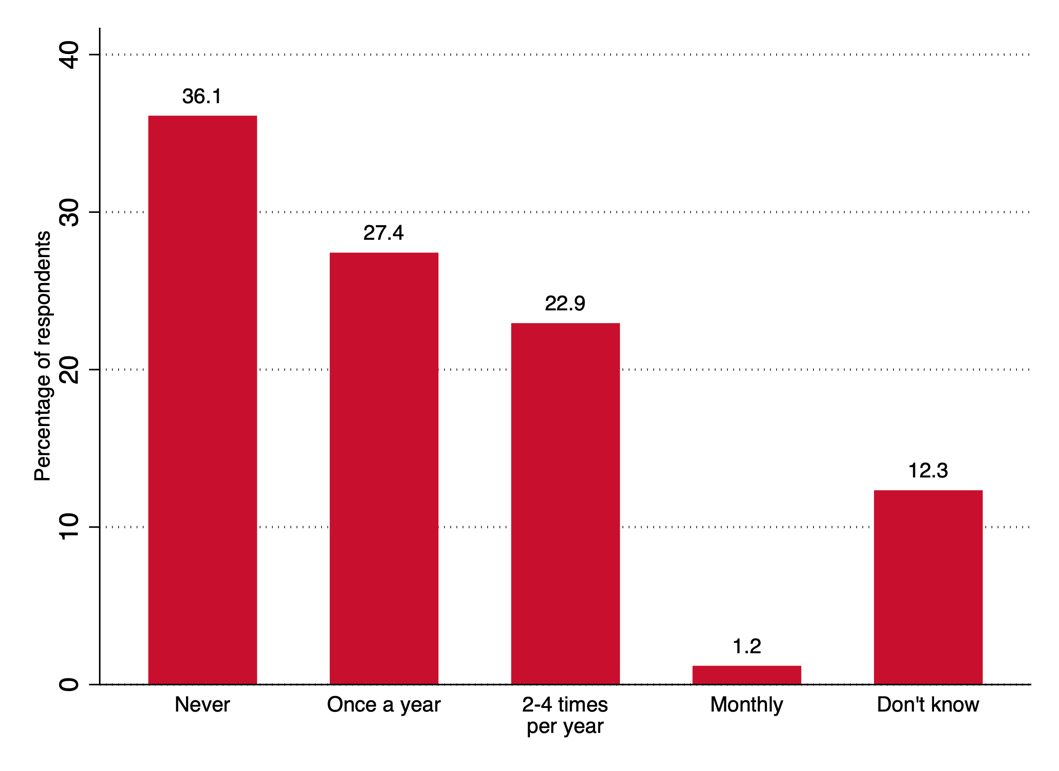
In your opinion, when are power outages a significant problem? When the outage lasts …

To what extent do you agree or disagree with each of the following statements about electricity generation in Texas: I feel confident that the Texas state government will adequately tackle issues related to electric failures as experienced this past February.
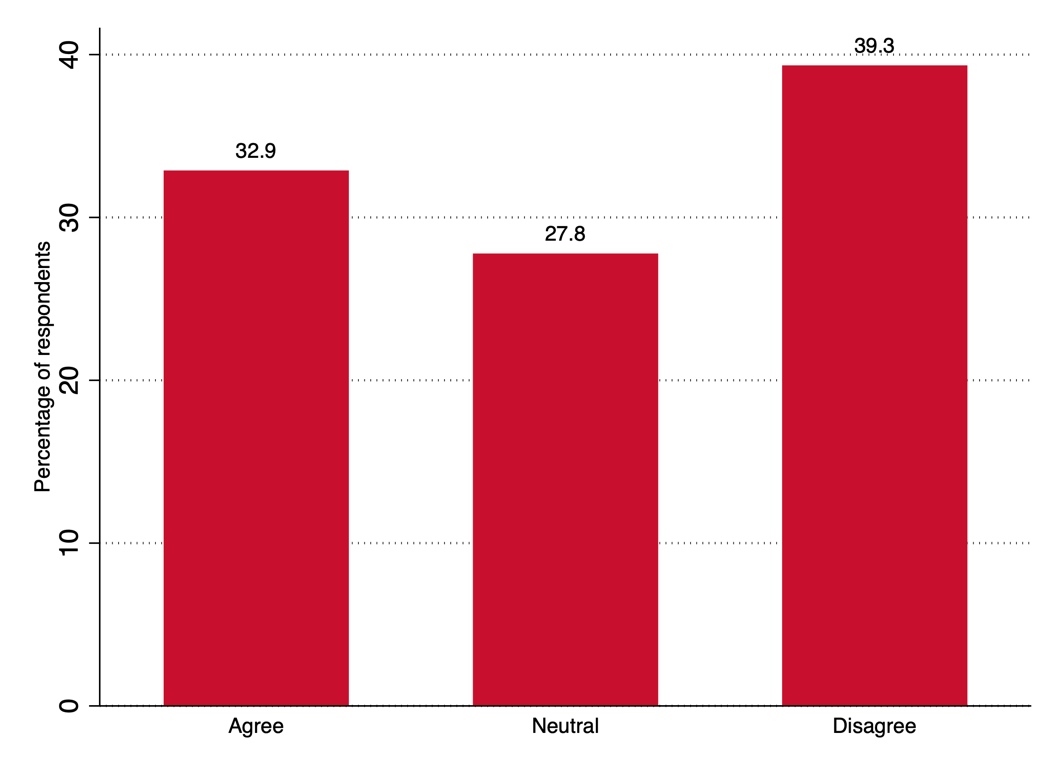
To what extent do you agree or disagree with each of the following statements about electricity generation in Texas: I feel that current laws and regulations in Texas are insufficient to tackle issues related to electric failures as experienced this past February.
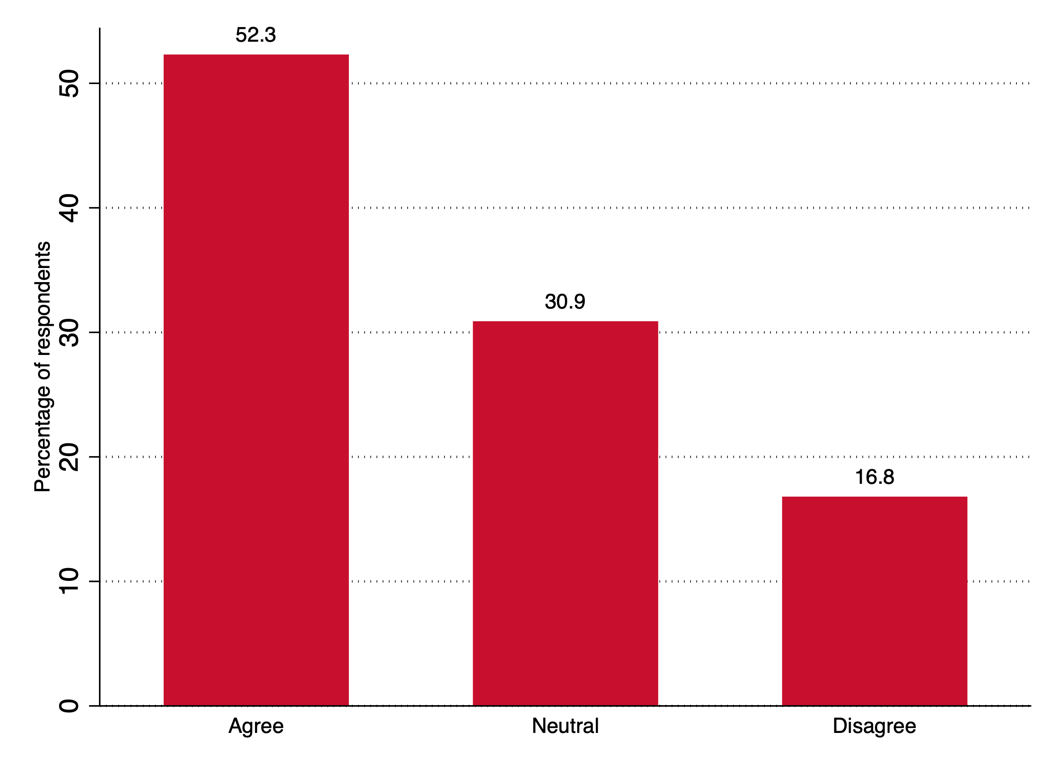
From what you know or have heard, which of these factors, if any, would you say are the 2 most important for deciding which methods of electricity production should be used in Texas in the future? Please select two.

In your opinion, how do you think policies proposed to protect the Texas electric grid from effects of severe weather should be paid for?

Are you willing to pay an extra cost per month if power outages could be kept to 4 hours or less?

Respondents who answered ‘Yes’ to the previous question were asked: How much money per month do you think is appropriate to keep outages to 4 hours or less?
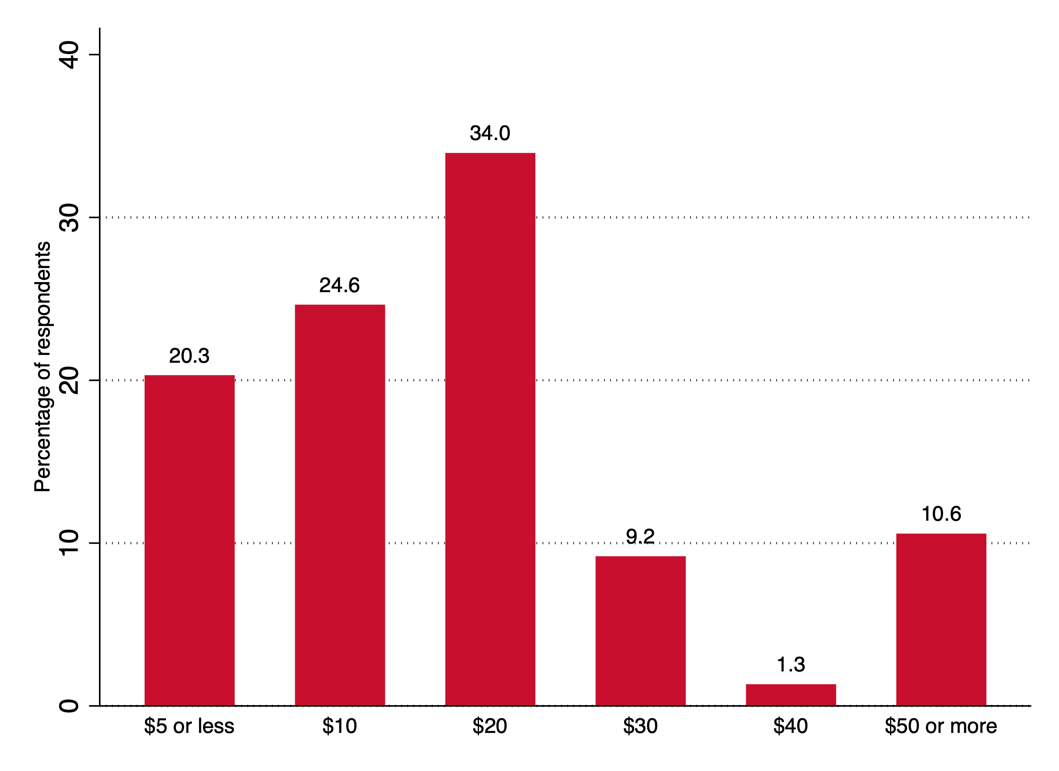
Researchers:
Principal Investigators
Gail Buttorff, Co-Director, Survey Research Institute and Assistant Instructional Professor, Hobby School of Public Affairs
Ramanan Krishnamoorti, Chief Energy Officer, UH Energy and Professor of Chemical and Biomolecular Engineering, Petroleum Engineering and Chemistry
Pablo M. Pinto, Director, Center for Public Policy and Associate Professor, Hobby School of Public Affairs
Sunny M.C. Wong, Professor, Hobby School of Public Affairs
Researchers
Maria P. Perez Arguelles, Researcher 3, Hobby School of Public Affairs
Yewande O. Olapade, Post-Doctoral Fellow, Hobby School of Public Affairs
Savannah L. Sipole, Research Associate, Hobby School of Public Affairs
Agustín Vallejo, Post-Doctoral Fellow, Hobby School of Public Affairs
Li Zheng, Research Assistant, Hobby School of Public Affairs and PhD Student, Department of Political Science